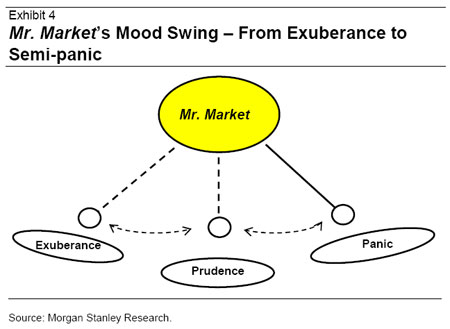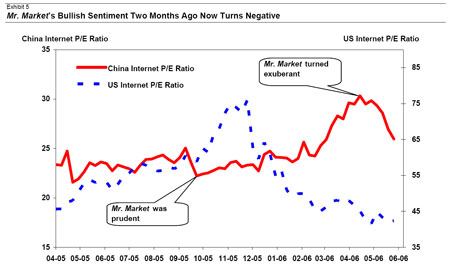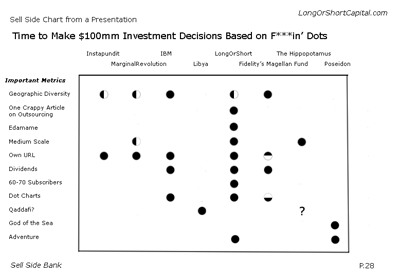February 27, 2008
Wait, But You’re The One Doing the Ratings
From a Bloomberg piece on the risk of another off-balance sheet (in this case, a VIE) potential problem for financial companies:
Predictions for losses vary widely because banks aren’t required to specify the type of assets being held in the VIEs or how much they are worth, said Tanya Azarchs, managing director for financial institutions at S&P.
“The disclosure on VIEs is hopeless,” Azarchs said. “You have no idea of the structure or how that structure works. Until you know that you don’t know anything. It’s like every day you come into the office and another alphabet soup has run off the rails.”
Tanya baby, I’m not gonna say you’re not doing your job, but uhh, you’re not doing your job! How can you rate companies and then admit you don’t know, and haven’t known, anything? And she is the HEAD for ratings of financial institutions.
From her bio at S&P
A managing director at Standard & Poor’s Financial Services Ratings Group, Tanya Azarchs is responsible for coordinating research on issues affecting financial institutions worldwide. She frequently authors research on special topics. Tanya is responsible for the ratings of large, complex banks and securities firms in the U.S. and Canada, and is involved in the analytical effort on Eastern European banks. She is also a member of the global financial institutions ratings criteria board, which develops ratings criteria and reviews ratings across the globe for consistency.
Why would someone like that think it’s ok to put out ratings when they lack knowledge?
She is a Chartered Financial Analyst.
Ahh, so knowledge IS a problem.
Recommendation: Short the balance sheet for any entity that has a lot off-balance sheet.


